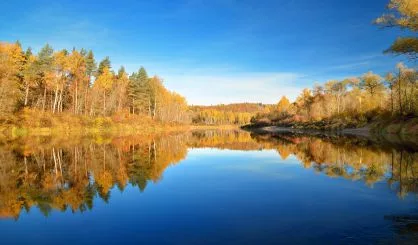
Summer is the time of year when everything is on the move, and the Michigan Department of Natural Resources wants those who spend time outdoors to help do their part to prevent the spread of invasive species.
Billy Keiper is an aquatic biologist with the Michigan Department of Environment, Great Lakes, and Energy and tells us there are many critters and plants that pose a threat to native species here in Michigan. For example, the DNR announced last year the discovery of invasive hydrilla in a Berrien Springs pond. Has the invasive plant been found anywhere else?
“We have not yet, and that work is still ongoing,” Keiper said. “Myself and others are busy surveying, and then we’ve also been working with our local CISMA, so the Southwest by Southwest Corner Cooperative Invasive Species Management Area. They have a large grant to do surveillance and even else surveying the last couple weeks and will be throughout the summer.”
Keiper says it’s believed the hydrilla hitchhiked into the area with some ornamental lilies the property owner put in the pond some years ago.
EGLE and the DNR advise outdoors enthusiasts to brush off their shoes between hikes, empty boat ballast water before relocating to different water bodies, and to keep their eyes peeled.
“Be aware of what’s out there, what’s normally out there and what’s out of place. If you start seeing things that are out of place or organisms that you’ve never noticed before, it doesn’t hurt to report them.”
The state has a website that identifies all of the invasive discovered in Michigan, and you can also report potential invasive species through it.
Keiper says another invasive species that threatens Lake Michigan is, of course, the invasive carp, which thus far has been kept at bay by the Brandon Road Lock and Dam in Illinois.





